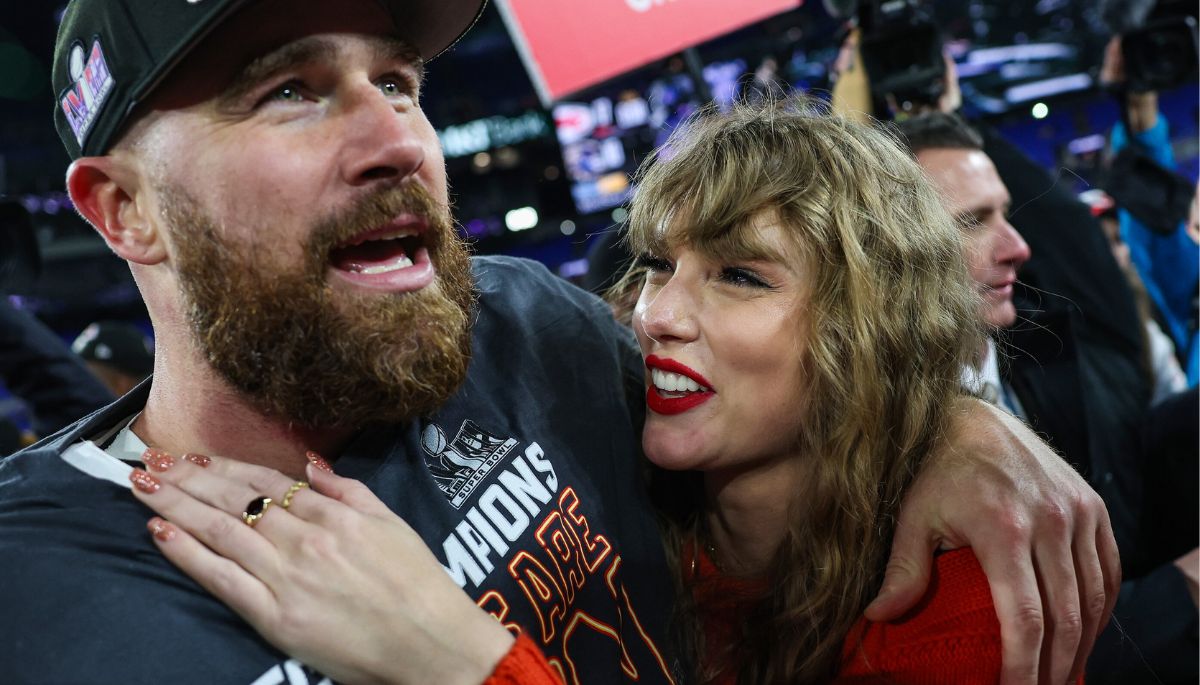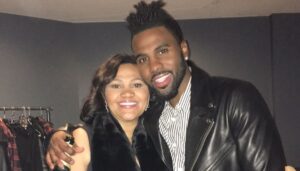In the age of social media and celebrity culture, body language analysis has become a booming industry, with millions of viewers tuning in to YouTube videos claiming to decode the hidden meanings behind celebrities’ gestures, facial expressions, and postures.
From royal family interviews to courtroom testimonies, these analyses promise to reveal the truth behind public figures’ words and actions.
However, as fascinating as these interpretations may be, experts warn that the science behind body language analysis is far more complex and nuanced than many online “experts” would have us believe.
The Rise Of Body Language Analysis
The popularity of body language analysis on social media platforms like YouTube has skyrocketed in recent years.
Videos analyzing high-profile interviews, such as Meghan Markle’s sit-down with Oprah Winfrey, can garner millions of views.
Logan Portenier, creator of the YouTube channel Observe with 650,000 subscribers, notes that there has been “a rise in people starting to use nonverbal communication channels to help them make their own decisions.”
This trend extends beyond celebrity gossip, with body language breakdowns of criminal interrogations and courtroom testimonies also attracting significant attention.
For example, a 37-minute video analyzing the nonverbal communication of family murderer Chris Watts has been viewed over 38 million times.
The Limitations Of Body Language “Reading”
While it’s tempting to believe that a person’s innermost thoughts and feelings can be deciphered through their nonverbal cues, the reality is far more complex.
Vincent Denault, a postdoctoral fellow in psychology at McGill University, emphasizes that there is no innate, universal “language” of the body.
“When specific gestures are associated with specific meanings, and when this is implicitly or explicitly presented as scientific, then it begins to fall under the umbrella of pseudoscience,” Denault explains.
He adds that while scientists do study nonverbal behavior, these systems cannot be used to definitively “decode” a person’s thoughts or intentions.
Studies have repeatedly shown that body language cannot accurately be “read” like a book, particularly when trying to detect deception.
A 2020 study from the University of Portsmouth found that observers tasked with identifying smugglers in videotaped ferry crossings were only 39.2% accurate, “significantly below chance level.”
The Dangers of Pseudoscientific Analysis
The popularity of body language analysis on social media platforms raises concerns about the spread of misinformation and the potential real-world consequences of these interpretations.
Denault warns that unfounded claims about nonverbal behavior can end up “in the hands of people in positions of power, such as judges and jurors, where people’s liberties and even lives may be at stake.”
Many YouTube creators who analyze body language acknowledge the limitations of their interpretations.
Portenier, for example, includes disclaimers in his videos stating that body language analysis is “at best 70 percent accurate” and “not a complete science.”
However, he admits that “audiences can and will 100 percent just blow right by any disclaimer that you give.”
The Appeal Of Easy Answers
Despite the lack of scientific evidence supporting many body language analysis claims, the appeal of easy answers and “insider knowledge” remains strong.
Bruce Durham, creator of the YouTube channel Believing Bruce, notes that many viewers are looking for definitive answers about who’s lying and who’s not, even though such determinations are rarely possible through body language alone.
This desire for simple explanations often feeds into confirmation bias, with viewers seeking out analyses that support their preexisting opinions about public figures.
As Denault puts it, “Unfounded and discredited claims about nonverbal behavior are popular. They have been around for thousands of years. And even if I try, from time to time, to set the record straight, unfounded and discredited claims will continue to thrive because there are people who want to believe.”




